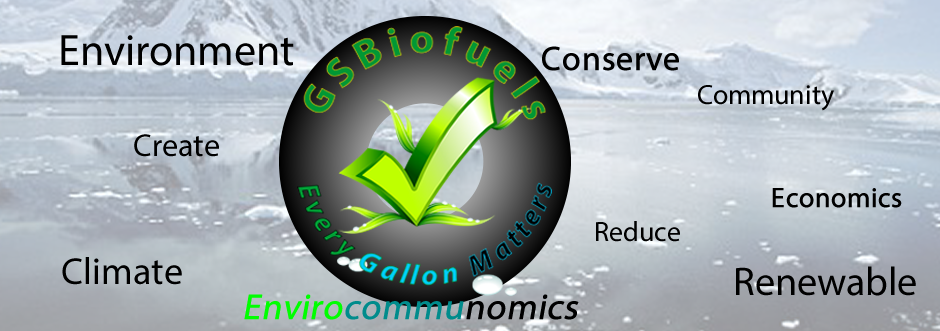In what United States Environmental Protection Agency (EPA) Administrator Lee Zeldin called the “most consequential day of deregulation in American history,” on Wednesday the EPA chief announced 31 deregulation actions that will roll back Biden-era environmental rules, including those concerning climate change, electric vehicles (EVs) and pollution limits for coal-fired power plants, reported The Associated Press.
If approved, Zeldin said the actions will lower prices for common expenses like home heat, purchasing a car and operating a business by eliminating trillions in “regulatory costs and hidden ‘taxes’.”
“Today is the greatest day of deregulation our nation has seen. We are driving a dagger straight into the heart of the climate change religion to drive down cost of living for American families, unleash American energy, bring auto jobs back to the U.S. and more,” Zeldin said in a press release from the EPA. “Alongside President Trump, we are living up to our promises to unleash American energy, lower costs for Americans, revitalize the American auto industry, and work hand-in-hand with our state partners to advance our shared mission.”
Of the dozens of environmental regulations set to be rolled back is an EPA finding from 2009 that greenhouse gases are a danger to public health and welfare. The Clean Air Act determination is the basis for a large number of climate regulations for power plants, automobiles and other sources of pollution.
Climate scientists and environmentalists consider the Obama-era endangerment finding a cornerstone of U.S. law, saying any attempt to reverse it is not likely to succeed.
“In the face of overwhelming science, it’s impossible to think that the EPA could develop a contradictory finding that would stand up in court,” said David Doniger, senior attorney and strategist with the Natural Resources Defense Council (NRDC), in an NRDC Expert Blog post. “Indeed, the courts have repeatedly rejected attacks on the finding. Even Trump’s first-term EPA administrators understood that reversing it was ‘a fool’s errand,’ in the words of one conservative former agency official.”
Among the other regulations set to be “reconsidered” by the EPA are “regulations throttling the oil and gas industry”; mercury standards that the agency said “improperly targeted coal-fired power plants”; the Greenhouse Gas Reporting Program; and regulations for wastewater from coal plants.
“From the campaign trail to Day 1 and beyond, President Trump has delivered on his promise to unleash energy dominance and lower the cost of living,” Zeldin said in a video. “We at E.P.A. will do our part to power the great American comeback.”
Zeldin spoke of the changes without mentioning the EPA’s guiding principles: to protect the environment and public health.
In an explanation of the EPA’s mission, the first Administrator of the EPA William D. Ruckelshaus said the agency has “no obligation to promote agriculture or commerce; only the critical obligation to protect and enhance the environment.”
Weeks following the creation of the EPA by former President Richard M. Nixon in 1970, Ruckelshaus said its focus would be on research, as well as five areas of standards and enforcements: air and water pollution, pesticides, waste disposal and radiation, The New York Times reported.
Zeldin said limits on smokestacks linked to respiratory issues and premature deaths would be overturned, along with the Clean Air Act’s “Good Neighbor” provision requiring states to be responsible for their own pollution when it is blown into neighboring states. The EPA would also do away with enforcement efforts prioritizing the safety of predominantly poor and minority communities.
When environmental policy is created by the agency, Zeldin said it will no longer take into consideration the societal costs of storms, wildfires, droughts and other disasters that could be worsened by pollution connected to the policy.

The EPA’s announcements are not legally binding, and in nearly every case the agency would need to undergo a lengthy public comment process, as well as formulate economic and environmental justifications for each revision.
Environmentalists and democrats accused Zeldin of deserting the responsibility of the EPA to safeguard the environment and human health.
“Today is the day Trump’s Big Oil megadonors paid for,” said Democratic Senator from Rhode Island Sheldon Whitehouse, as reported by The New York Times. “Administrator Zeldin clearly lied when he told us that he would respect the science and listen to the experts.”
Jackie Wong, NRDC’s senior vice president for climate change and energy, said weakening the rules would result in increases in health problems like heart attacks and asthma.
“At a time when millions of Americans are trying to rebuild after horrific wildfires and climate-fueled hurricanes, it’s nonsensical to try to deny that climate change harms our health and welfare,” Wong said.
Gina McCarthy, EPA administrator during the Obama administration, called it “the most disastrous day in EPA history. Rolling these rules back is not just a disgrace, it’s a threat to all of us. The agency has fully abdicated its mission to protect Americans’ health and well being.”
The post ‘The Day Trump’s Big Oil Megadonors Paid for’: EPA Chief Zeldin Announces Rollback of 31 Landmark Environmental Regulations appeared first on EcoWatch.



